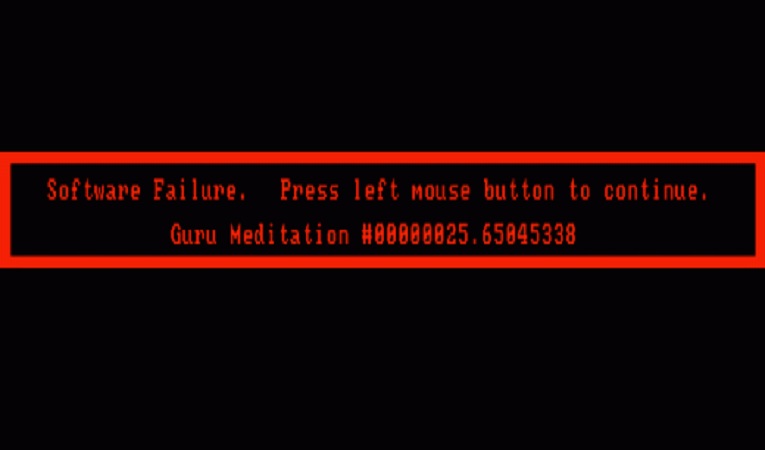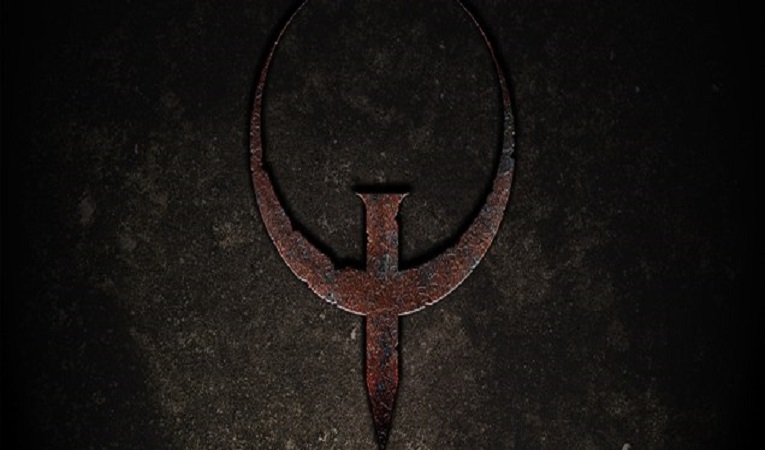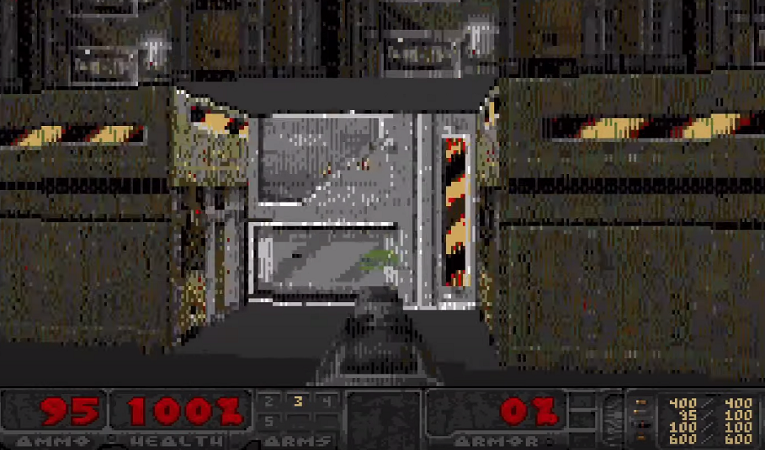
Probably all Amiga owners have seen the guru at one time or another. It is analogous to the Blue Screen Of Death in Microsoft Windows, and later used as an error message elsewhere, such as Varnish, a reverse proxy and HTTP accelerator, and VirtualBox, a Hypervisor environment. But what does it really mean for your computer friend? Many must have wondered what the cryptic digits of the Guru Meditation Number were all about. Whatever the interpretation was, it was beyond the reach of the average user. The most that the user is ever told is ‘Not enough memory’ or maybe ‘Software Failure’. In fact, the Guru Meditation Number (or simply ‘alert number’) distills a lot of information about exactly what mishap has befallen your Amiga. To those able to decipher it, the alert number tells a great deal about who did what to whom as the machine crashed. Not that there is much that can be done about the situation after the fact; the information is mainly useful to help the Software Gurus in debugging their programs or in diagnosing what caused the fatal situation. It is a kind of post-mortem report, explaining why the patient died. The warning system was developed in such a way that the message could be displayed even if the system’s critical resources had been fatally corrupted. There are two different types of Guru Meditation, CPU errors (680×0 Processor Traps) or system software errors.

The term is an in-joke from the earliest days by the Amiga developers. An earlier product of the Amiga corporation was a device called a ‘Joyboard’ which was basically a plastic board built onto a joystick-like device; it was sold with a skiing game cartridge for the Atari game computer. It is said that whenever the prototype OS crashed, the system programmer responsible would calm down by concentrating on a solution while sitting cross-legged on a Joyboard trying to keep the board in balance. This position resembled that of a meditating guru. Sadly, the joke was removed fairly early on (but there’s a well-known patch to restore it in more recent versions). There was a commercially available error handler for AmigaOS, before version 2.04, called GOMF (Get Outta My Face) made by Hypertek. It was able to deal with many kinds of errors and gave the user a choice to either remove the offending process and associated screen, the user was able to select an option to terminate an active task that was causing the exception to occur or allow the machine to show the Guru Meditation(think of Windows task manager). Since AmigaOS 4.0 Hyperion Entertaiment replaced Guru Meditation with Grim Reaper, but mentions the Guru Meditation number in the prompt box. In the end Guru Meditation gave a fairly accurate description of what happened when a game or program crashed, if you have any understanding of the codes offcourse…
news source: Wikipedia














